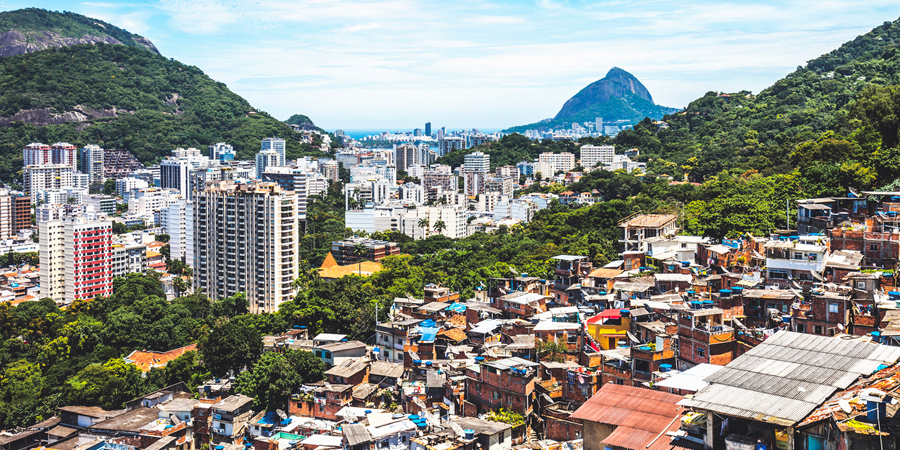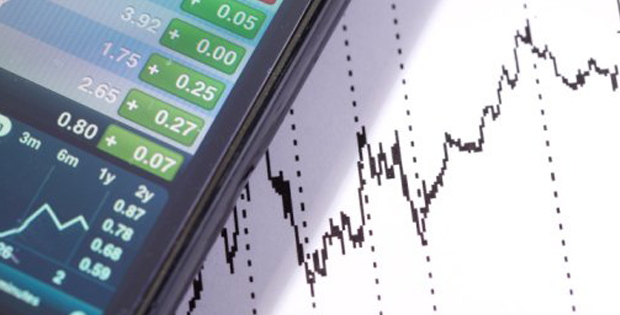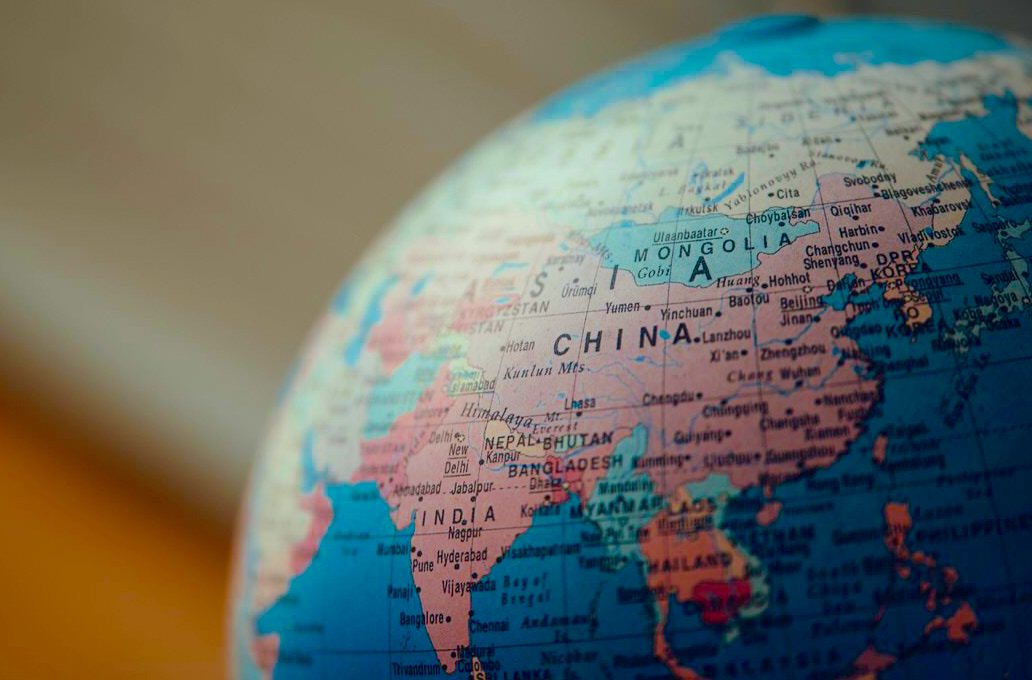by Jeff Feng and Kimberley West, Invesco Canada
Our team joined a webinar with over 800 participants, a significant turnout that was not unexpected given the current market environment.
As a follow-up to the call, we’ve received numerous questions from participants, with the vast majority pertaining to China, which we addressed in a previous blog. There was also some interest in India, Mexico and Brazil, which we will cover in this piece
India is experiencing some structural issues, but we are watching some high-quality consumer and financial businesses.
Similar to most emerging market countries, the demographics in India provide the potential for long-term growth. The large population is very young, with a rising middle class that may lead to a great long-term consumption opportunity. The challenge for us has been finding high-quality businesses that can capitalize on this opportunity at attractive valuations. As a result, we have continued to be underweight India.
The national government’s response to the COVID-19 virus was swift, with a nationwide lockdown imposed from March 24 until May 3. The government has classified districts across the country into “high risk”, “moderate risk” and “low risk” based on the outbreak of the virus. Post May 3, areas that are high risk will remain closed for some time; areas with moderate risk will have limited times of opening and focus mainly on essential activities; areas with low risk will open.1 We believe India should do better than most countries due to rapid and disproportionate action by the government. Additionally, viral outbreak has been mostly concentrated in large metro areas and less so in tier-2/3 cities. The two sectors that we have been able to identify businesses that meet our quality criteria are financials and consumer. The challenge is, a lot of these businesses remain expensive.
Consumer companies in India have been hit mainly on the supply side as lockdown in the country meant movement of goods have been restricted. Our analyst covering India grew up there and still has friends and family there. Based on his conversations, food supply shortages were pretty widespread. Retail inventories used to be 20 days, and have come down to zero days.
The decline in oil prices is positive for consumer companies as crude is a key input in some raw materials and packaging. Advertising and promotion activities are down as companies look to preserve margins.
We like a number of consumer companies in India, however they continue to trade at expensive valuations and have not corrected during this period. Some of the stocks have actually appreciated as the sector is considered as safe haven.2
There are some issues within the financial sector including a slew of job losses across multiple sectors, particularly the real estate sector. The real estate sector is a large employer and supports a number of ancillary industries. The industry has been struggling for a few years now, and the COVID-19 situation has made matters significantly worse both from the demand and supply side.
While the virus will exacerbate some of these challenges that already exist, it should benefit larger companies with stronger balance sheets and reserves. India has a large proportion of micro-, small-, and medium-sized businesses (MSMEs), which have come under intense pressure as businesses have locked down. These small entrepreneurs rely on Non-Bank Financial Companies (NBFC) for credit and liquidity. NBFCs in India have struggled in the last two years due to elevated debt levels and defaults of some big NBFCs. As a result, NBFCs which rely on wholesale funding from banks and bond markets have no funds to lend.3
The situation has worsened post COVID-19 outbreak as liquidity issues in the system are now becoming asset quality issues for NBFCs. Companies/MSMEs are unable to pay NBFCs due to closure of business, leading to even bigger worries. Banks dealing with their own asset quality challenges due to closure of businesses have become very risk-averse in this situation and are not lending to NBFCs.4
The Reserve Bank of India (RBI) has taken several actions to increase liquidity in the financial system by lowering rates and performing open market repo operations,5 however there is no risk appetite in the system to ensure NBFCs and micro lenders receive funds. Given this backdrop, we expect that weaker NBFCs will not survive. Larger banks and NBFCs have very strong balance sheets and enough reserves to withstand any asset quality issues arising from the COVID-19 situation. As a result, many will likely emerge stronger. We own one stock in the financial sector in India, and continue to watch several other companies we believe can capitalize on India’s short-term struggles, but are currently trading at elevated valuations.
Taking advantage of market weakness in Brazil and Mexico
Mexico and Brazil were very late to implement a quarantine and social distancing practices. While Mexico was in better fiscal shape than Brazil going into the crisis, Mexico’s gross domestic product (GDP) decline will likely be sharper. The Mexican President has indicated that he will not provide stimulus to businesses.
Although Brazil entered the crisis with very high debt, they have announced significant stimulus to the economy. This will lead to a shorter recovery but increase the already elevated debt levels. While Brazil was one of the worst performing markets in the first quarter, valuations for high-quality businesses are still not compelling.
That said, we were able to capitalize on the weakness and add one high-quality defensive stock from our watch list. We also were able to add an e-commerce stock from Argentina that generates a large percent of its’ business in Brazil. Generally speaking, we like platform businesses.6 They tend to have high fixed costs and low incremental costs leading to high incremental margins. In addition, e-commerce businesses should benefit from the current climate as more people begin to shop from home.
Valuations in Mexico are more attractive. We were able to take advantage of the market weakness and lower valuations by adding a high-quality name with a strong management team.
Focusing on the long-term
We have taken a calm, methodical approach throughout the crisis, while ensuring our research reports, forecasts and margin of safety are all up to date. The team has been heavily engaged with management teams of both existing positions, and new opportunities and have had three or four conference calls per day. Our approach has been similar to other instances of market dislocation. We have taken advantage of volatility by adding to existing positions and/or establishing new positions.
This post was first published at the official blog of Invesco Canada.














